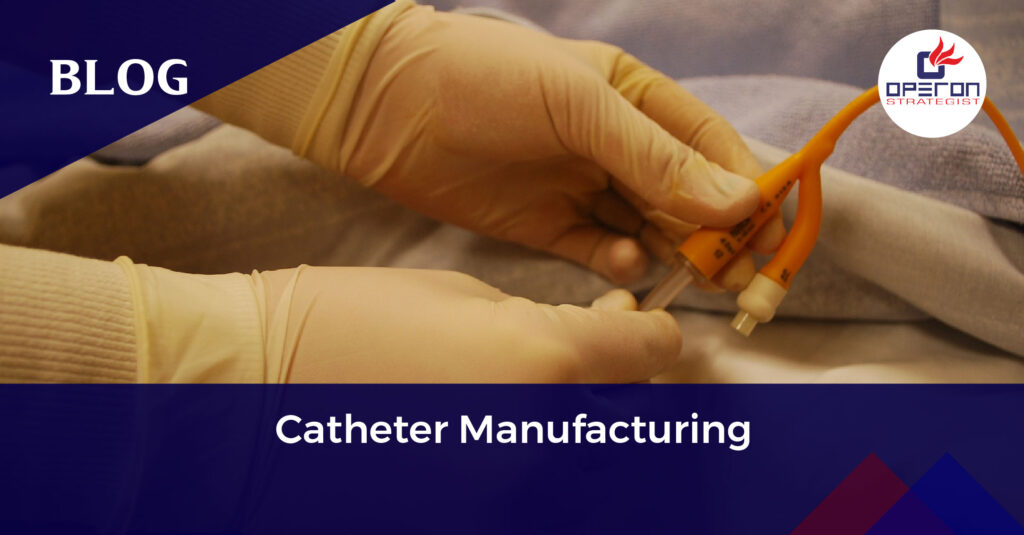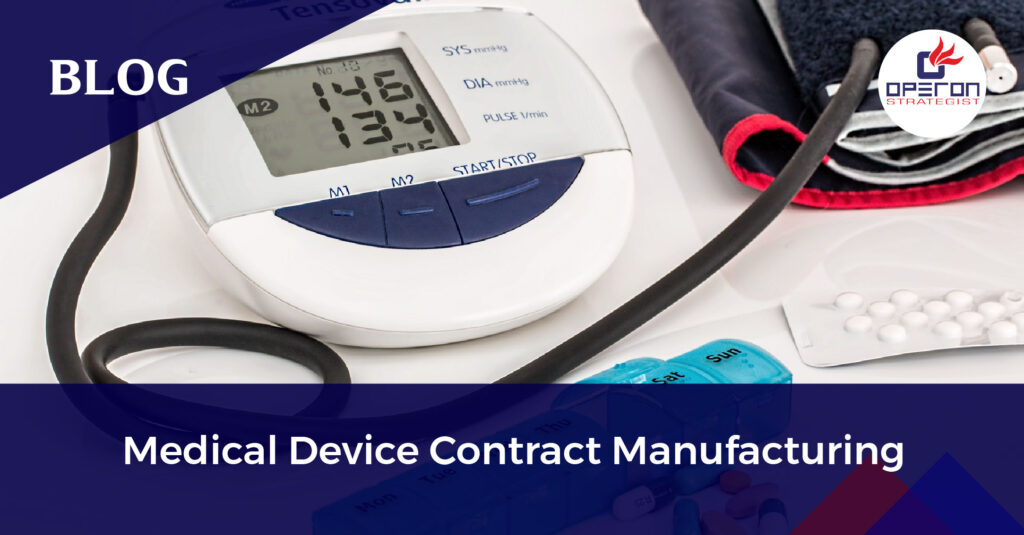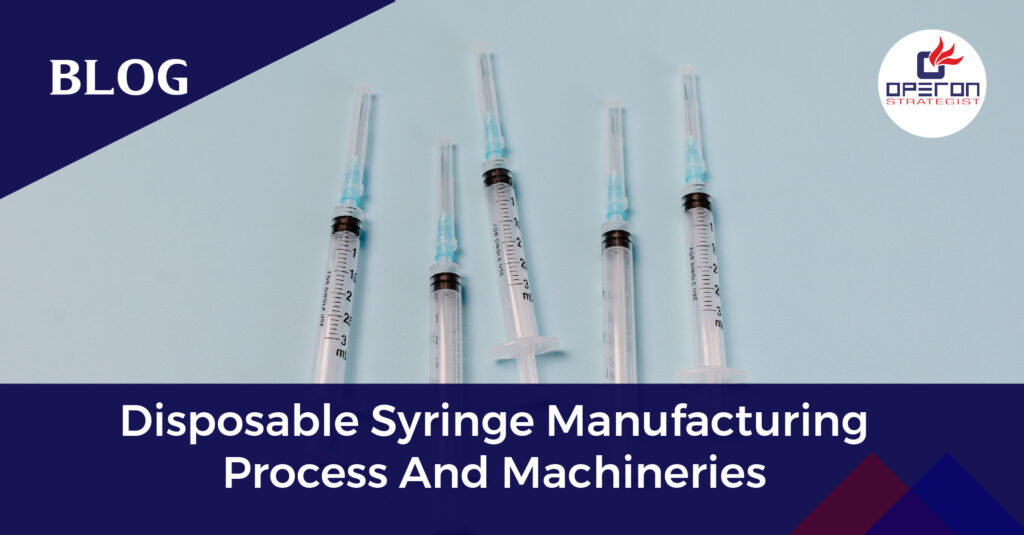What is a Catheter?
A catheter is a flexible tube inserted into the body to facilitate the passage of fluids or medical instruments. It serves various purposes in healthcare, such as urine drainage, medication delivery, and medical procedures.
An Overview of Catheter Manufacturing
Catheter manufacturing has evolved with specialized designs. Catheters are flexible tubes made of materials like latex, silicone, or Teflon, used to create passages for fluids or medical devices inside the body. In the past, catheters were basic tubes made from available materials, but now they are tailored to specific medical needs, such as pulmonary, cardiac, neonatal, and epidural applications. They can also perform tissue ablation and accommodate various medical devices.
To establish a manufacturing unit for catheters, a minimum of 1200 units is required to reach the breakeven point. Manufacturers must adhere to quality management systems to ensure product safety and efficiency, complying with FDA regulations like 21CFRpart 820.
Modern catheters incorporate safety features to prevent needlestick injuries, and some use Silver/Hydro gel coatings to resist bacterial infections. The coronary catheter market is the fastest-growing segment, projected to reach four billion dollars by 2003, with an annual growth rate of 11.2%.
Looking for Catheter Manufacturing Consultants
Let’s have word about your next project
Step-By-Step Catheter Manufacturing Process
Catheter manufacturing is a complex and highly regulated process that involves the production of medical devices used for various purposes, such as draining fluids from the body, measuring blood pressure, or delivering medications. Manufacturing catheters requires specialized equipment, materials, and adherence to strict quality and regulatory standards. Here are the general steps involved in catheter manufacturing:
- Design and Development: Before manufacturing begins, a detailed design and development phase is crucial. This includes defining the catheter’s specifications, materials, dimensions, and intended use. Prototyping and testing may also be part of this phase to ensure the catheter’s functionality and safety.
- Materials Selection: Choose appropriate materials based on the catheter’s intended application. Common materials for catheter manufacturing include various types of plastics (such as PVC, polyurethane, or silicone), metals (for guidewires and reinforcement), and coatings (for lubrication or antimicrobial properties).
- Extrusion: The catheter’s tubing is typically produced using a process called extrusion. In extrusion, the chosen material is melted and forced through a mold to create the catheter’s desired shape and dimensions.
- Laser Cutting and Tipping: Catheters often require precise cutting and tipping processes to create openings or specialized features. Laser cutting and tipping are common methods for this purpose.
- Braiding or Reinforcement: Depending on the type of catheter, additional reinforcement layers may be added, such as braiding or coiling, to enhance the catheter’s strength and stability.
- Bonding and Assembly: Various components, such as connectors, valves, and balloons, may need to be bonded or assembled onto the catheter. This step requires careful attention to detail and may involve adhesives, heat sealing, or ultrasonic welding.
- Quality Control and Testing: Quality control is a critical aspect of catheter manufacturing. Products must meet strict quality and regulatory standards. Various tests, including visual inspection, leak testing, and mechanical testing, are conducted to ensure the catheters’ safety and effectiveness.
- Sterilization: Catheters must be sterilized before use to eliminate any potential pathogens. Common sterilization methods include ethylene oxide (EtO) sterilization, gamma radiation, or steam sterilization.
- Packaging: After sterilization, catheters are packaged in sterile containers to maintain their sterility until use. Packaging materials should be designed to protect the catheters from environmental contamination.
- Regulatory Compliance: Throughout the entire manufacturing process, manufacturers must adhere to relevant regulatory standards and guidelines, such as those set by the U.S. Food and Drug Administration (FDA) or the European Medicines Agency (EMA).
- Documentation and Traceability: Maintain detailed records of the manufacturing process, including materials used, production steps, and quality control measures. This documentation is essential for regulatory compliance and traceability.
- Distribution: Once catheters are manufactured, sterilized, and packaged, they are distributed to medical facilities or suppliers for use in clinical settings.
Catheter manufacturing is a highly specialized field, and manufacturers must meet stringent regulatory requirements to ensure the safety and efficacy of their products. It’s essential to stay informed about the latest industry standards and regulations and consider consulting with experts in the field if you are interested in starting a catheter manufacturing operation.
Need More Clarity on the Process of Catheter Manufacturing?
Raw Materials That Are Commonly Used for Catheter Manufacturing?
In the development of catheters, raw materials that are commonly used include the following:
- Polyethylene
- Polypropylene
- Polyurethane
- Polycarbonate
- Polyethermide
- Pebax
- Nylons
Visit Our Manufacturing Blogs for More Information.
What Are the Most Common Reasons for Using a Catheter?
The most common reasons for using a catheter are:
- To rest the bladder following an episode of urinary retention
- To rest the bladder after surgery – most commonly bladder, bowel or urinary tract surgery
- For conditions such as stroke or multiple sclerosis
- Due to complications of diabetes
- Because of spinal injury
- For conditions which affect the nerves that supply the bladder.
What Are the Different Types of Catheters?
Here’s a brief overview of different types of catheters:
- Foley Catheter: Used for draining urine from the bladder with an inflatable balloon to secure it in place.
- Central Venous Catheter (CVC): Inserted into a large vein for medication administration and monitoring.
- Peripherally Inserted Central Catheter (PICC): Long, thin catheter for long-term IV therapy.
- Peripheral Intravenous Catheter (PIVC): Short catheter for short-term IV therapy.
- Arterial Catheter: Monitors blood pressure continuously and collects arterial blood samples.
- Swanz-Ganz Catheter: Measures cardiac output and pulmonary artery pressure.
- Nasogastric (NG) Tube: Inserted through the nose to the stomach for feeding or medication.
- Rectal Catheter: Used for medication administration or fecal drainage.
- Urethral Catheter: Drains urine from the bladder via the urethra.
- Suprapubic Catheter: Surgically inserted into the bladder through the abdominal wall for urinary drainage.
For Expert Guidance on Catheter Manufacturing.
Expert Medical Device Regulatory Advisory and Guidance
Contact us today to discuss your need, you can contact us at enquiry@operonstrategist.com or you can WhatsApp us at 9370283428. Your queries are quickly addressed. We also provide medical device regulatory advisory and guidance in the medical device industry.

-
Operon Strategisthttps://operonstrategist.com/author/snehal/
-
Operon Strategisthttps://operonstrategist.com/author/snehal/
-
Operon Strategisthttps://operonstrategist.com/author/snehal/
-
Operon Strategisthttps://operonstrategist.com/author/snehal/




